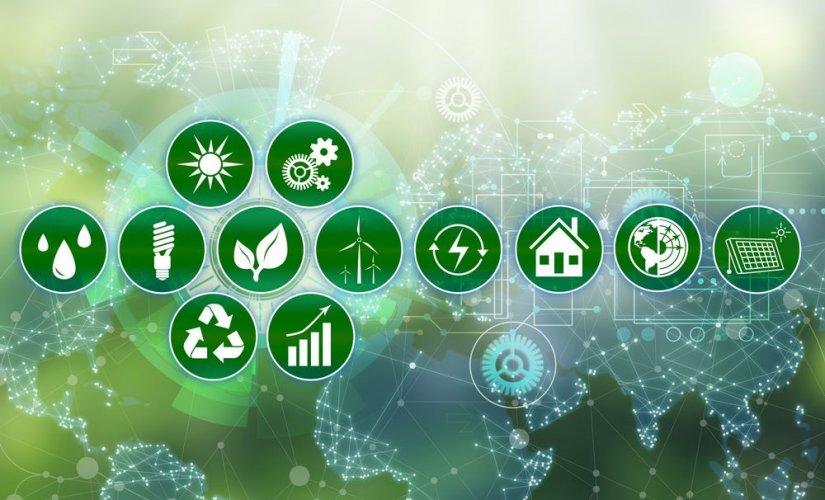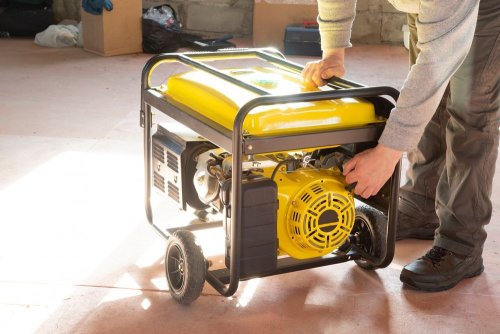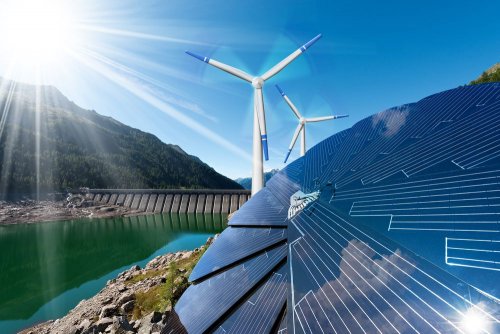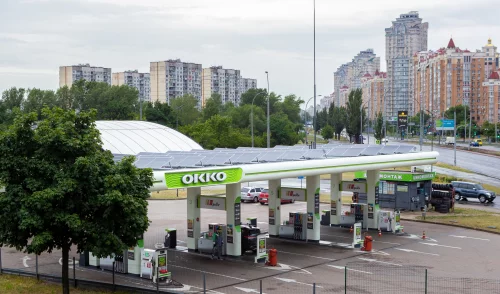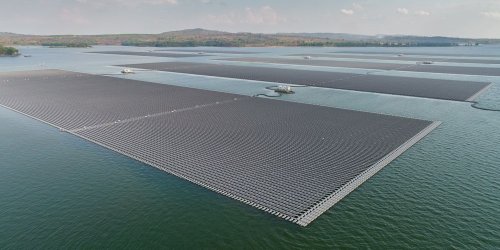BloombergNEF analysts have prepared three critical tasks for 2024 for the global renewable energy community to help achieve carbon neutrality by 2050.
Despite some successes, such as political agreements, the growth of the electric vehicle fleet, reduced costs for green technologies, etc., the work to reach "net zero" is not even half done, BNEF reports.
The analysts named the following among the main tasks for 2024:
- Control over wind energy and networks;
In 2023, there were some difficulties that led to the cancellation of a number of offshore wind energy projects due to their high cost and lengthy permitting process. There is a persistent problem that needs to be discussed: wind energy deployment is not keeping up with the required growth rate. Thus, wind energy capacity has only doubled since 2014 (to 103 GW), and solar energy capacity has increased ninefold (to 400 GW).
According to BNEF forecasts, wind power capacity will reach 1.9 TW by 2030, well below the 3.6 TW assumed in the green transition scenario.
Analysts call for annual investment in energy networks to increase to $600 billion by 2030. And also speed up the permitting procedures for new RES facilities.
- Deployment of clean energy in developing economies;
A rapid increase in energy demand is expected in these countries. In some of them, the demand will increase several times, for example, in Indonesia – fourfold, in India – fourfold.
In 2022, developing countries are said to have provided 74% of the net increase in green capacity. Therefore, financing and access to the renewable energy market and investors need to be ensured for these countries.
- Fixing the demand for clean industrial materials.
Analysts emphasized that industry – especially the metallurgical, cement, fertilizer and chemical industries – accounts for about a quarter of anthropogenic greenhouse gas emissions. Mitigating and ultimately eliminating this contribution will require a combination of electrification, circularity, hydrogen use and carbon capture.
“This year [2024], a lot of time and energy will be spent predicting and then studying the results of the many government elections that are due to take place around the world and their implications for energy, climate and geopolitics. These consequences will, of course, be significant, but from a climate perspective we cannot afford to let 2024 be a year of watch and wait," BNEF said, emphasizing the approach of the mid-2020s, which are critical for combating climate change. .
Earlier, EcoPolitic wrote, that the International Energy Agency has warned that the commitments made at the COP28 climate conference are not enough to limit global warming to 1.5°C, even if they are fulfilled.
As EcoPolitic previously reported, the European Environment Agency's mid-term analysis provided a disappointing assessment of progress on the achievement of most of the EU's environmental goals and contains skeptical forecasts regarding the achievement of these goals in the future.

